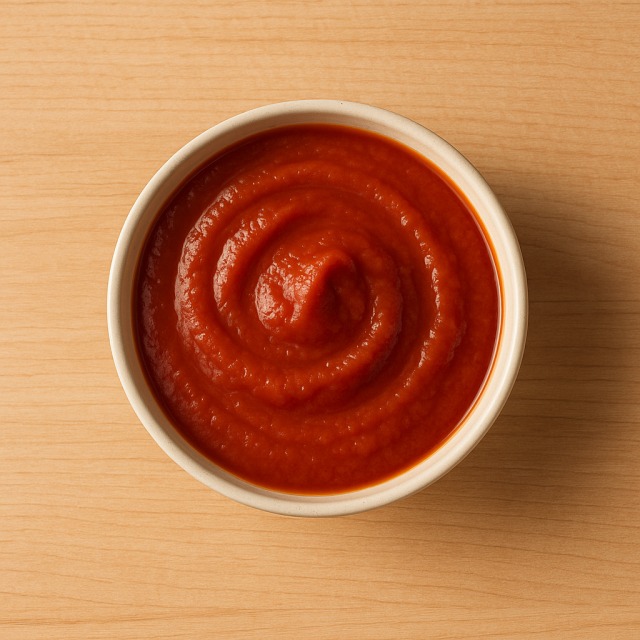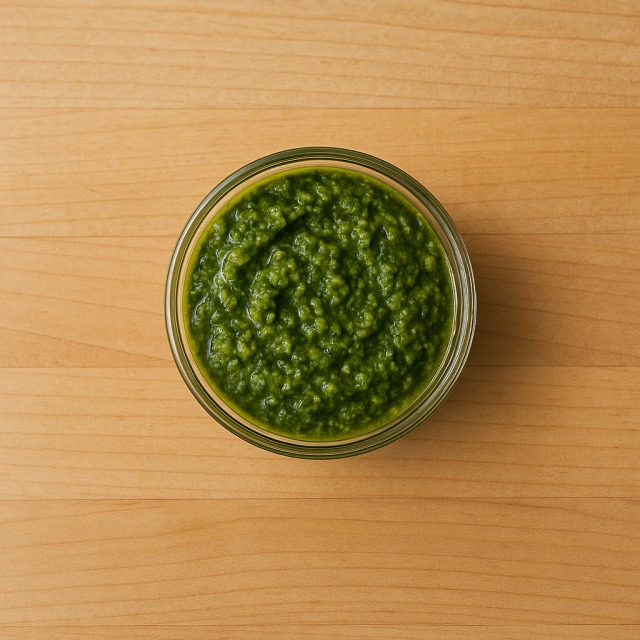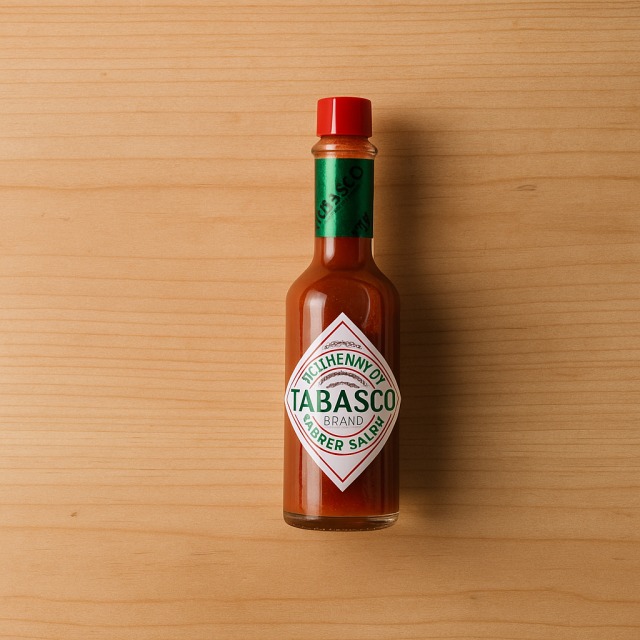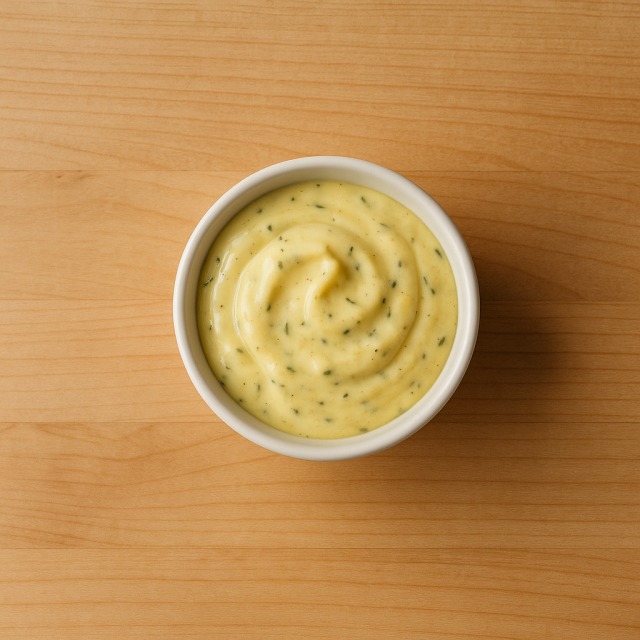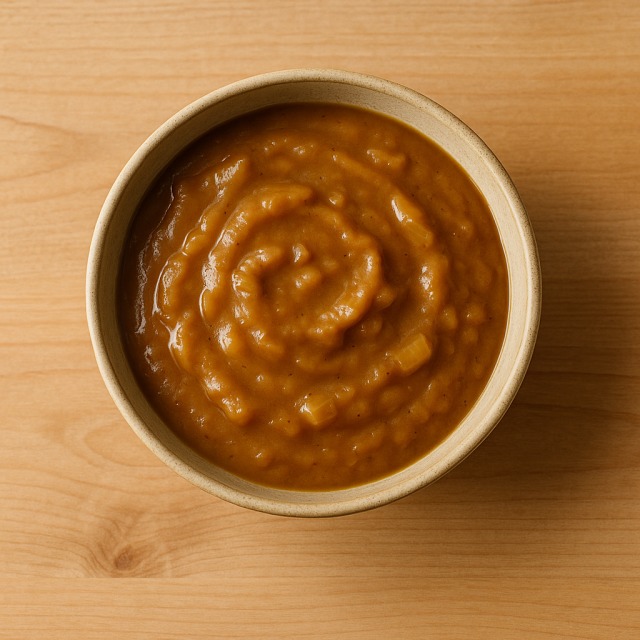Calorie Chart / Seasoning & Sauces / Bolognese sauce
How Many Calories Are in Bolognese sauce?
Calculation of the nutritional value & Recommended Dietary Intake of Bolognese sauce
For g and a calorie requirement of kcal
| Calories 21 kcal | Proteins 1.3 g | Lipids 1.5 g | Carbohydrates 0.6 g |
| 1% | 2% | 2% | 0% |
Health benefits of Bolognese sauce

Bolognese sauce - 100g
Calories 140 kcal
Proteins 8.5 g
Lipids 10 g
Carbohydrates 4 g
Bolognese sauce is considered a moderate-calorie condiment; it generally supplies enough taste to a dish without tipping the overall meal into excessive calories when used in reasonable portions. The base of ripe tomatoes brings vitamin C, potassium, and the antioxidant lycopene, known for its supposed protective effect on cardiovascular health. Minced beef contributes vitamin B12, highly bioavailable iron, and zinc, while the onions, garlic, and carrots add small amounts of vitamin A and fiber. A drizzle of vegetable oil (often olive oil in traditional recipes) supplies heart-friendly monounsaturated fats.
Thanks to its mix of proteins from meat and slow-release carbohydrates from the vegetables, Bolognese sauce can help maintain satiety and avoid sudden hunger spikes—an interesting point for anyone monitoring their calorie intake. Historically, the recipe originates from Bologna in Italy, where it is known as "ragù alla bolognese" and was first codified by the Accademia Italiana della Cucina in 1982.
Tips for incorporating Bolognese sauce into a balanced diet
To keep your total calories under control, combine one ladle of Bolognese sauce with a moderate portion of whole-grain pasta and a generous side of steamed broccoli. Athletes looking to increase protein without excess calories can swap part of the beef for firm tofu and serve the sauce over spiralized zucchini "noodles."
For a family meal under 600 calories per serving, try a cottage pie-style dish: layer mashed potatoes over Bolognese sauce, top with a sprinkle of Parmigiano, and bake until golden. If you crave variety, stuff bell peppers with the sauce and bake; this cuts starch yet keeps flavor.
The sauce also freezes well: batch-cook once, portion it in 150 g containers, and you will have a ready topping whose calories are already measured. Avoid pairing it with energy-dense sides such as French fries; opt instead for a crisp green salad dressed with a light vinaigrette.
Frequently Asked Questions
- How many calories are in Bolognese sauce?
- 140 kcal per 100 g.
- Is Bolognese sauce high in protein?
- It provides 8.5 g of protein per 100 g—useful for muscle maintenance while keeping calories reasonable.
- How does Bolognese sauce compare to plain tomato sauce in calories?
- The addition of meat and oil makes Bolognese roughly three times higher in calories than a basic tomato sauce.
- Can I make a lower-calorie version?
- Yes: replace half the meat with grated mushroom cream or cooked lentils, and use lean minced beef.
- Is it suitable for weight-loss diets?
- In controlled portions, its moderate calories, protein, and flavor can aid satiety, making it compatible with most weight-loss plans.
- What is the best way to store Bolognese sauce?
- Cool quickly, then refrigerate in an airtight box for up to 3 days, or freeze for 2–3 months without significant calorie change.
Similar foods
Information provided by Calorie Menu may contain inaccuracies or errors. It cannot, under any circumstances, substitute medical advice or medication.
